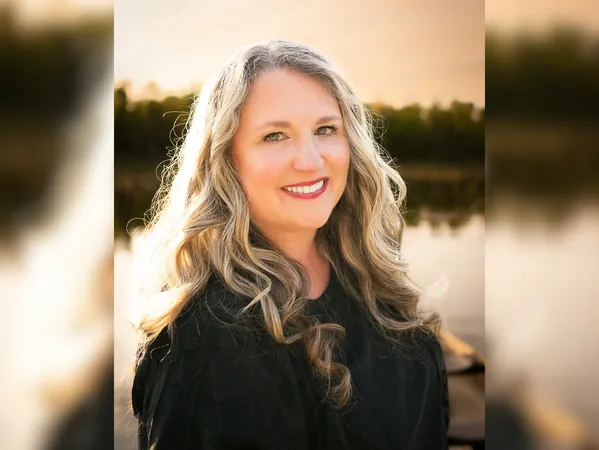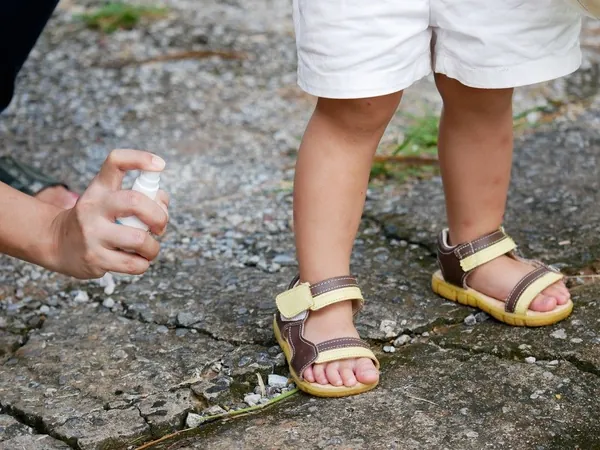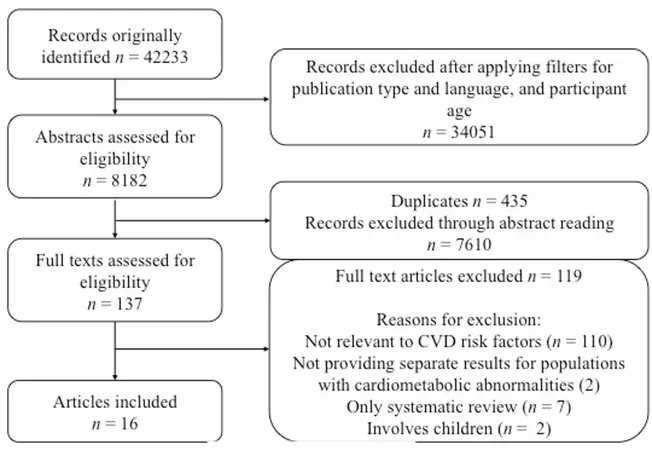
Conquering Seasonal Affective Disorder: Tips for Thriving in Winter
2025-01-18
Author: Jacques
Understanding Seasonal Affective Disorder (SAD)
As the chill of winter blankets the landscape, many people may find themselves battling the emotional impacts of Seasonal Affective Disorder (SAD). This type of depression is linked to seasonal changes and is particularly prevalent in regions where sunlight dwindles significantly during the colder months. Dr. Barbara Woods, a leading expert from Willow Bend Counseling Center in Portage, sheds light on this condition and offers practical strategies for managing its effects.
Impact of Seasonal Changes
"People living in northern climates face heightened risks for SAD due to the considerable variation in daylight hours between summer and winter," explains Dr. Woods. This seasonal shift can trigger a cascade of symptoms, including feelings of hopelessness, increased cravings for carbohydrates, and a withdrawal from activities that were once enjoyable. The intensity of these symptoms often peaks between December and February, coinciding with the shortest days of the year.
SAD in Warm Climates
Interestingly, those residing in tropical or humid climates may also experience SAD-like symptoms due to the seasonal heat cycles, illustrating that this condition isn't limited to just colder regions.
Seeking Help
Dr. Woods notes that there’s typically a surge in individuals seeking counseling during January, although the onset of symptoms may begin as early as October when the days start to shorten and routines are disrupted by the return of school schedules. To help mitigate the effects of SAD, Dr. Woods emphasizes the importance of maintaining social connections and establishing a consistent daily routine.
Importance of Social Interaction
"Regular social interaction is vital. It's crucial to get outside, engage with others, and not isolate yourself," she advises, highlighting the positive impact of community on mental health.
Light Exposure
Light exposure is another key element in combating SAD. Dr. Woods encourages individuals to soak up natural sunlight whenever they can. For those who struggle to get enough natural light, she suggests exploring specialized light therapy lamps designed specifically for SAD. Some are even equipped with visor attachments, allowing users to receive light exposure while commuting.
Consult a Professional
For individuals experiencing more severe symptoms, consulting with a healthcare professional is advisable. This can help rule out other underlying medical issues and explore various treatment avenues, such as medication or dietary supplements that may alleviate symptoms.
Conclusion
In conclusion, Dr. Woods reassures us that, "SAD is highly manageable. With appropriate light exposure and a stable routine, individuals can effectively navigate winter's challenges." Don't let the winter gloom drag you down—take proactive steps to reclaim your vitality and joy this season!









 Brasil (PT)
Brasil (PT)
 Canada (EN)
Canada (EN)
 Chile (ES)
Chile (ES)
 Česko (CS)
Česko (CS)
 대한민국 (KO)
대한민국 (KO)
 España (ES)
España (ES)
 France (FR)
France (FR)
 Hong Kong (EN)
Hong Kong (EN)
 Italia (IT)
Italia (IT)
 日本 (JA)
日本 (JA)
 Magyarország (HU)
Magyarország (HU)
 Norge (NO)
Norge (NO)
 Polska (PL)
Polska (PL)
 Schweiz (DE)
Schweiz (DE)
 Singapore (EN)
Singapore (EN)
 Sverige (SV)
Sverige (SV)
 Suomi (FI)
Suomi (FI)
 Türkiye (TR)
Türkiye (TR)
 الإمارات العربية المتحدة (AR)
الإمارات العربية المتحدة (AR)